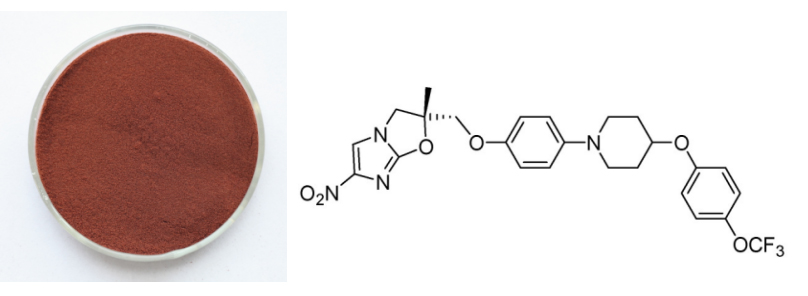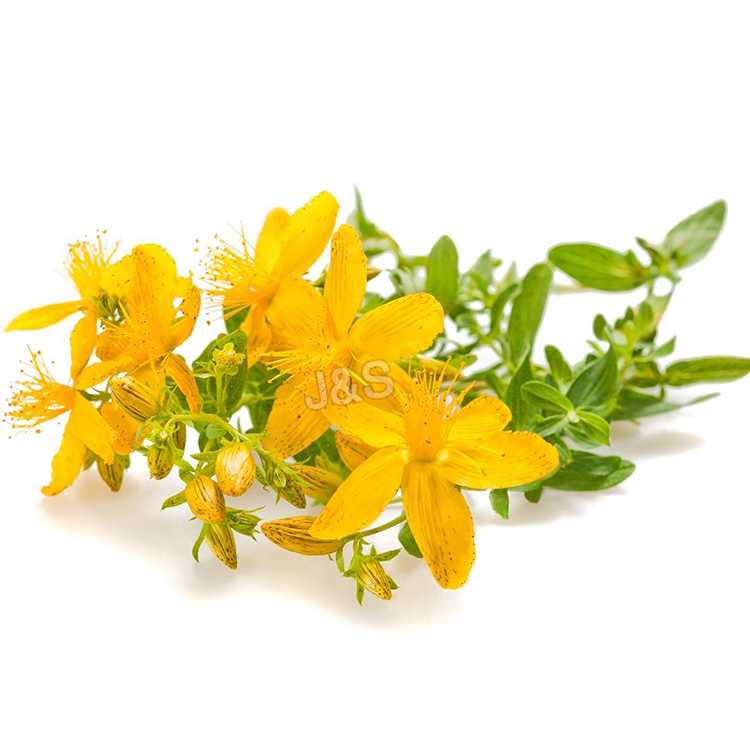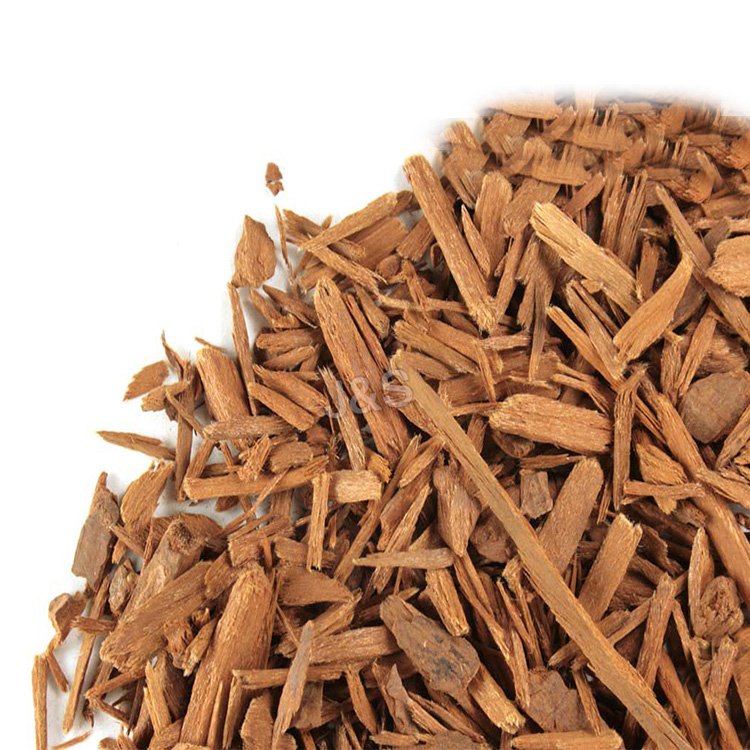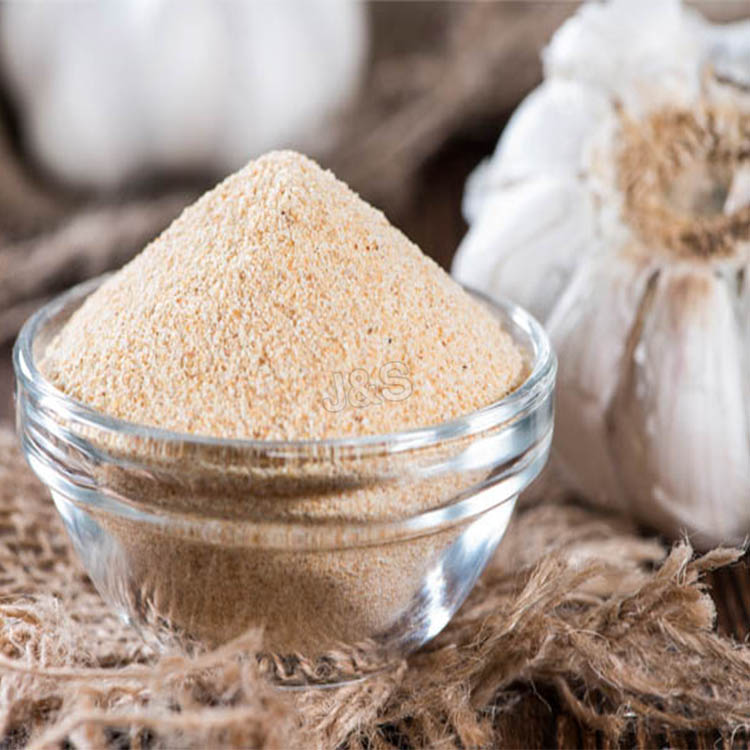Professional China Pine bark Extract Supply to Buenos Aires
Professional China Pine bark Extract Supply to Buenos Aires Detail:
[Latin Name] Pinus pinaster.
[Specification] OPC ≥ 95%
[Appearance] Red brown fine powder
Plant Part Used: Bark
[Particle size] 80Mesh
[Loss on drying] ≤5.0%
[Heavy Metal] ≤10PPM
[Storage] Store in cool & dry area, keep away from the direct light and heat.
[Shelf life] 24 Months
[Package] Packed in paper-drums and two plastic-bags inside.
[Net weight] 25kgs/drum
[What is Pine bark?]
Pine bark, botanical name Pinus pinaster, is a maritime pine native to southwest France that also grows in countries along the western Mediterranean. Pine bark contains a number of beneficial compounds that are extracted from the bark in a way that doesn’t destroy or damage the tree.
[How does it work?]
What gives pine bark extract its notoriety as a powerful ingredient and super antioxidant is that it’s loaded with oligomeric proanthocyanidin compounds, OPCs for short. The same ingredient can be found in grape seeds, the skin of peanuts and witch hazel bark. But what makes this miracle ingredient so amazing?
While OPCs found in this extract are mostly known for their antioxidant-producing benefits, these amazing compounds exude antibacterial, antiviral, anticarcinogenic, anti-aging, anti-inflammatory and anti-allergic properties. Pine bark extract can help reduce muscle soreness and may help improve conditions relating to poor circulation, high blood pressure, osteoarthritis, diabetes, ADHD, female reproductive issues, skin, erectile dysfunction, eye disease and sports stamina.
Seems like it must be pretty amazing, but let’s look closer. The list goes on a bit further, as the OPCs in this extract may “inhibit lipid peroxidation, platelet aggregation, capillary permeability and fragility, and to affect enzyme systems,” which basically means it may be a natural treatment for many serious health conditions, such as stroke and heart disease.
[Function]
- Lowers Glucose Levels, Improving Diabetic Symptoms
- Helps Prevent Hearing Loss and Balance
- Staves Off Infections
- Protects the Skin from Ultraviolet Exposure
- Decreases Erectile Dysfunction
- Reduces Inflammation
- Helps Increase Athletic Performance
Product detail pictures:
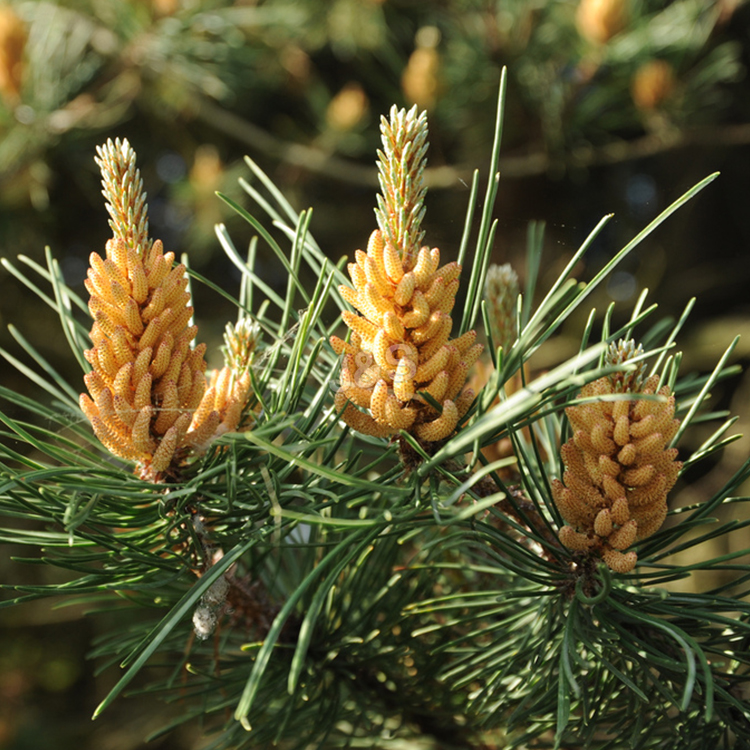
Related Product Guide:
We believe in: Innovation is our soul and spirit. Quality is our life. Shopper need is our God for Professional China Pine bark Extract Supply to Buenos Aires , The product will supply to all over the world, such as: Korea, Manchester, Hanover, We strive for excellence, constant improvement and innovation, is committed to make us the "customer trust" and the "first choice of engineering machinery accessories brand" suppliers. Choose us, sharing a win-win situation!
What is Propolis ? Antiseptic properties. Antibiotic, antibacterial, antifungal & antiviral. Medicinal marvel from the beehive. Reported Research shows it offers antiseptic, antibiotic, antibacterial, antifungal, and even antiviral properties. Propolis is Nature’s premiere preventive.
https://www.durhamsbeefarm.com/index.php/bee-products/honeybee-propolis.html
It is so powerful in action, it is often called Russian penicillin. Propolis is a very sticky substance the consistency of bubble gum from dark to very dark in color. Honey Bees collect resin from certain trees and plants (mostly conifers) to make Propolis. Old beekeepers like me call it bee glue. The bees carry it home like they carry pollen back to the hive but you probably have not read that before. If you consume pollen, you probably have never been told there is Propolis in pollen. It is like gold in a silver mine. You probably have been told, those hard granules in the pollen are due to the pollen having been dried. A lot of those granules could be Propolis. Propolis is hard as steel when it is cool or cold and very very sticky when it is warm. Most people in the states have not even heard the word Propolis let alone know what it is. It is a wonderful product. Spell check in your computer doesn’t even have the word Propolis.
The term “propolis” comes from two Greek words: “pro,” which means “before,” and “polis,” which means “city.” This ancient term came into being centuries ago when some early Greek student of Nature established the fact that honeybees made and used propolis.
Chemically speaking, propolis is a very complex mixture. Its chemical elements vary according to its source. Colors range from golden brown to brownish green to reddish brown to blackish brown. A broad analysis reveals approximately 55 percent resinous compounds and balsam, 30 percent beeswax, 10 percent ethereal and aromatic oils, and 5 percent bee pollen. Many flavonols contribute to propolis. Other components include cinnamic acid, cinnamyl alcohol, vanillin, caffeic acid, tetochrysin, isalpinin, pinocembrin, chrysin, galangin, and ferulic acid.
Watch in this video how to say and pronounce “photoperiodism”!
The video is produced by yeta.io
We are long-term partners, there is no disappointment every time, we hope to maintain this friendship later!
